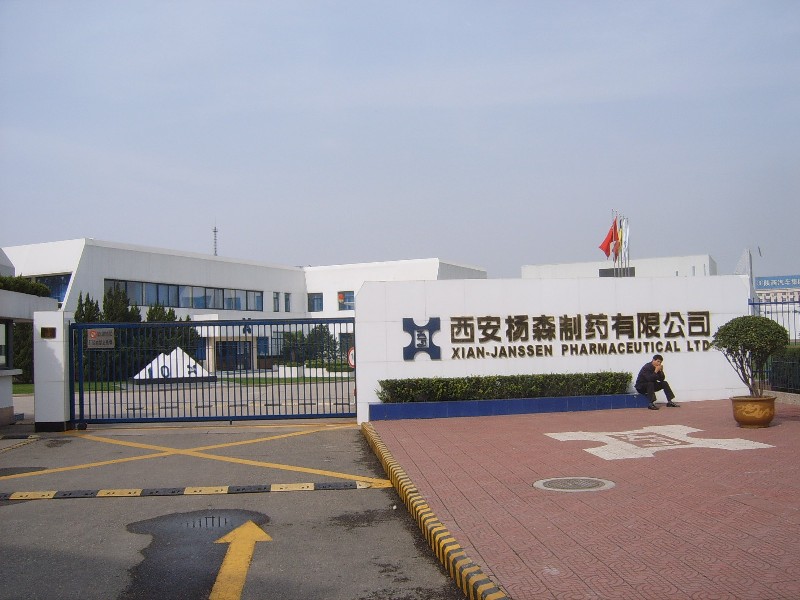Janssen is a Belgian pharmaceutical company, a subsidiary of Johnson & Johnson based in the province of Antwerp. The company was founded in 1953 by Dr. Paul Janssen to do pharmacological research to create drugs that improve quality of life. In 1961 it was acquired by Johnson & Johnson. Janssen had created one of the only natural vaccines against Covid-19 in the spring of 2021. We recently discovered its surprising resistance to the Omicron variant. But did you know this Belgium’s flagship has a long history with China?
Yes, first… Janssen Pharmaceutica has in own Headquarters in Xi’an, China. Second, It is one of China’s largest pharmaceutical companies and among the earliest multinational pharmaceutical companies to enter China simultaneous with the opening up of China’s economy ! Third, here you get the behind-the-scenes scoop on how Janssen scientists helped preserve China’s famed Terracotta Warriors !
Yes, the greatest archaeological finds of our time: a battalion of thousands of handmade clay statues dating to the Qin dynasty in 210 BCE known as the « Terracotta Army ».
20 years ago, the company actually played a pivotal role in restoring the statues, using products it developed in a Belgium-based lab to wipe out damaging fungi that had settled on the 2,000-year-old army.
The project ultimately led Janssen to work on dozens of other cultural restorations around the world.
Dr. Janssen fell for China early
Paul Janssen made his first trip to China in 1976—two years after the famed Terracotta Warriors were first unwittingly unearthed there by a farmer digging a well. The scientist had arranged a private visit to meet the archivists who were restoring them in a field 15 miles away from Janssen’s factory in Xi’an.
Twenty-five years later, the excavation site had dramatically increased in size. It was as big as 45 football fields and included a museum where tourists could watch archaeologists meticulously piece together more than 8,000 statues. Chinese authorities realized that various fungi had decided to call the statues home, slowly damaging them. What’s more, exposure to the 20th-century air and the tourists was only making the situation worse.
So they contacted Janssen for help.
Miraculous antifungals
In 1999, Janssen tasked Bosselaers and his colleagues with formulating an effective product to zap the army’s fungi. They decided on imazalil and propiconazole—two antifungal agents developed by Janssen scientists that were traditionally used to fight fungi on fruits, vegetables and other crops. After years of tinkering, they came up with the perfect concentrations.
Chinese researchers began to spray the antifungals into the soil around the Warriors to avoid damaging them, and by 2005, the Warriors were fungus-free, thanks to this and other simultaneous interventions, like controlling the humidity in the museum where the soldiers live.
Bosselaers believes Janssen’s initiative on the project was invaluable. “Over time, certain fungi produce acids that would have slowly eaten away at the material and caused extensive damage,” he says. “We might not have been left with such stunning artifacts if it hadn’t been for Paul Janssen.”


